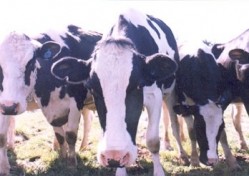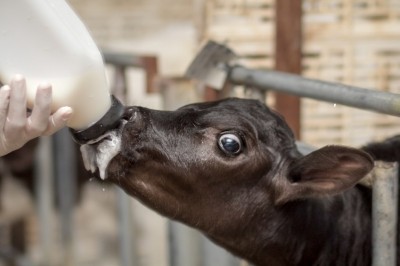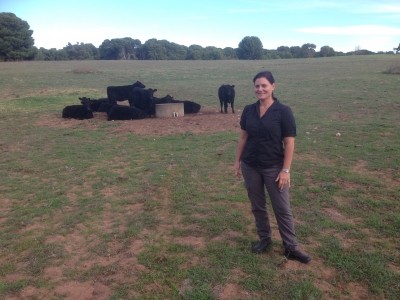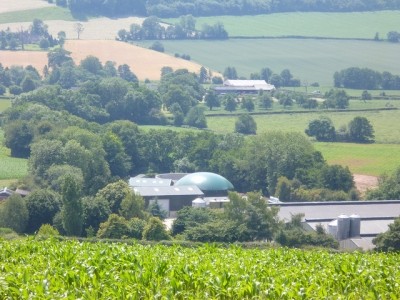Experts clash over how to measure livestock’s impact on GHG emissions

Figures estimating livestock’s contribution to global greenhouse gas (GHG) emissions vary widely, from a proportion of about 10% to about 51%. The most commonly cited figure is the 18% indicated by the Food and Agriculture Organization (FAO) in a 2006 report called “Livestock’s Long Shadow”.
But in late 2009, a report published in World Watchby a former and a current environmental expert at the World Bank, Robert Goodland and Jeff Anhang, argued that the greenhouse gases produced in the lifecycle and supply chain of livestock could account for as much as 51% of total emissions – a position criticized in an April 2011 commentary published in the journal Animal Feed Science and Technology (AFST).
The authors of the April 2011 commentary, who included the lead author and a co-author of Livestock’s Long Shadow, claimed that Anhang and Goodland’s report oversimplified the issue.
“It has emphasized the negative impacts without highlighting the positives and, in doing so, has used a methodological approach which we believe to be flawed,” they wrote.
Late last week, Anhang contacted FoodNavigator-USA with a copy of a paper that he says has been accepted for publication in the same journal, which aims to refute the AFST commentary.
The paper says: “[The authors] continuously fail to consider concepts considered essential in professional environmental assessment – notably the avoidance of impacts and analysis of alternatives, which would examine more environmentally sustainable pathways than livestock to provide livelihoods and food for humans.”
Goodland and Anhang claim in the paper that the FAO report was not wide enough in scope when considering where GHG emissions come from in the supply chain and the earlier AFST commentary falsely said that their World Watch article was not peer reviewed.
In particular, they argue that CO₂ emissions from livestock respiration should be counted in GHG emissions, and are no longer entirely absorbed by photosynthesis; that methane has a greater global warming potential than estimated by the FAO report; and that estimates for estimates for emissions related to land use change, transport and processing are too conservative in the FAO report.
The April 2011 commentary said that some of these estimates were deliberately conservative, as they were “constrained by data availability.”
According to Anhang, the new paper, co-authored by Robert Goodland, is expected to be published in AFST by the end of the month.
Note: The Anhang/Goodland paper is now available online here.








